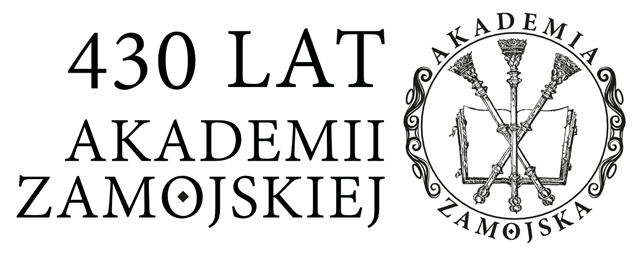PERCEPTION OF ICONS IN EYE TRACKING RESEARCH. AN ATTEMPT TO FIND ICON INTERACTION PATTERNS IN DIGITAL ENVIRONMENT
Veslava Osińska
https://orcid.org/0000-0002-1306-7832Adam Szalach
https://orcid.org/0000-0001-8040-001XEmilia Pilarz
https://orcid.org/0009-0000-8084-8340Barbara Centek
https://orcid.org/0000-0002-9600-3067Krzysztof Pilarz
https://orcid.org/0000-0003-1959-5617Abstract
The article presents icons visual perception research and their impact on recipients. The focus was on the analysis of the way icons were perceived by two groups of people group: lay people and clergy. Variables such as major of study and the knowledge about iconography were taken into account. Eye tracking was used to study differences in visual attention during exposure of icons on a screen. Digital versions of sixteen icons with various themes, schools and styles were downloaded from the public domain. In order to avoid subjectivity in the assessments, next to the famous ones, unknown icons were presented, but with similar visual features. Statistical techniques were used to analyze the temporal characteristics of visual perception. The results indicate significant differences in the way icons are perceived and interpreted between the groups, which suggests the influence of theological education on the cognitive-perceptual style. The conclusions may open new perspectives for further research on visual perception and wide interdisciplinary discussions on the role of an iconography in culture and art.
Keywords:
visual percpetion, eye tracking, icons, iconographyMost read articles by the same author(s)
- Adam Szalach, The Use of Eyetracking Technology in Marketing Processes , Fides, Ratio et Patria. Studia Toruńskie: No. 9 (2018): IT technologies in media coverage
- Barbara Centek, Krzysztof Pilarz, BODY-CENTRIC ANTHROPOLOGICAL DRAMA. THE CULT OF THE BODY IN CONTEMPORARY CULTURE , Fides, Ratio et Patria. Studia Toruńskie: No. 19 (2023): INNOWACYJNA MEDYCYNA W SŁUŻBIE ZDROWIA
- Veslava Osińska, Science Maps as Medium for Integration in Academic Environment. Report from the Places & Spaces exhibition organized during the Conference “Visualization in Computer Sciences” in the College of Social and Media Culture May 21, 2014 , Fides, Ratio et Patria. Studia Toruńskie: No. 3 (2015): CZŁOWIEK I CYBERPRZESTRZEŃ
Details
References
Statistics
Authors
Citation rules
Licence

This work is licensed under a Creative Commons Attribution-NonCommercial-ShareAlike 4.0 International License.


 Język Polski
Język Polski
 English
English
 Русский
Русский
 Slovenčina
Slovenčina
 Hrvatski
Hrvatski
